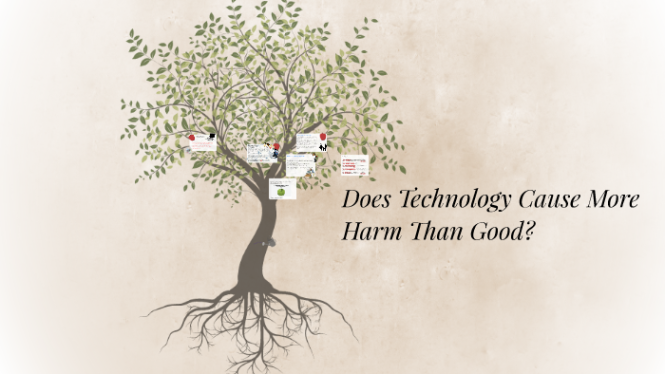

Do new technologies cause more harm than good? This complex question necessitates a thorough analysis of both the positive and negative impacts across various sectors. Technological advancements, while offering unprecedented opportunities, often present unforeseen challenges. This article will delve into the potential downsides of new technologies, including job displacement, ethical dilemmas, and environmental concerns. It will also explore the potential benefits, such as increased efficiency, improved communication, and advancements in healthcare. The structure of this article will be as follows: first, a general overview of the topic; second, a detailed exploration of potential harms and benefits; and finally, a concise summary of the key takeaways and recommendations for future developments in technology. This is a comprehensive discussion designed to offer readers a balanced view of the multifaceted impact of emerging technologies.
The Double-Edged Sword: Understanding the Potential Harm of New Technologies
New technologies often promise revolutionary advancements, but their implementation can have unintended consequences. The rapid pace of innovation sometimes outpaces our ability to fully understand and mitigate potential harm. One prominent concern revolves around job displacement due to automation. As machines take over tasks previously performed by humans, there’s a risk of widespread unemployment, necessitating workforce retraining and adaptation to the changing labor landscape. Furthermore, the environmental impact of technological advancements is a growing concern. Resource depletion, pollution, and greenhouse gas emissions associated with certain technologies could have catastrophic long-term consequences for our planet. It’s critical to consider these factors before embracing new innovations.
Ethical Quandaries: Navigating the Moral Minefield of New Technology
The rapid development of artificial intelligence (AI) and other advanced technologies presents complex ethical dilemmas. Privacy concerns are paramount, as data collection and use become increasingly sophisticated. The potential for bias in algorithms and the threat to personal autonomy must be addressed. Moreover, the development of autonomous weapons systems raises ethical concerns about accountability and the potential for unintended escalation. Furthermore, the proliferation of misinformation through digital platforms poses a significant challenge to informed decision-making and public discourse.
The Ripple Effect: Considering the Social Impacts of Technological Change
New technologies can fundamentally alter social structures and interactions. Social media, for instance, has revolutionized communication but also created issues such as cyberbullying, social isolation, and the spread of misinformation. Furthermore, the digital divide exacerbates existing inequalities, potentially widening the gap between those with access to technology and those without. It’s crucial to examine how these innovations impact social cohesion and equity to ensure equitable access and usage.
The Bright Side: Exploring the Potential Benefits of New Technologies
While the potential harms are significant, new technologies also hold immense potential for good. Consider advancements in medical technology, such as AI-powered diagnostics or personalized medicine. These could revolutionize healthcare and extend lifespans. Moreover, technological advancements have led to increased efficiency and productivity across various industries, improving economies and streamlining processes. Further, connectivity through the internet has broadened access to information and fostered global collaboration.
Balancing the Scales: Finding a Path Towards Responsible Innovation
To reap the benefits of new technologies while mitigating potential harms, a thoughtful approach is crucial. Governments, organizations, and individuals have a collective responsibility to ensure the ethical and responsible use of technology. This includes fostering open dialogue about potential risks, developing robust regulations, and promoting education and awareness. Furthermore, the development of ethical guidelines and standards is essential for ensuring responsible innovation. Creating a framework that prioritizes human well-being is paramount.
In conclusion, the impact of new technologies is multifaceted and complex, with both potential benefits and downsides. While new technologies can certainly bring about harm, like job displacement or environmental damage, their potential for good is equally immense. The key is responsible innovation and implementation, prioritizing ethical considerations and societal well-being alongside technological advancement. To explore this further and mitigate potential harms, you can delve into case studies of technological adoption, participate in ongoing discussions, or support organizations dedicated to ethical technology development. Ultimately, responsible development and implementation of new technologies can lead to significant improvements in various aspects of our lives.